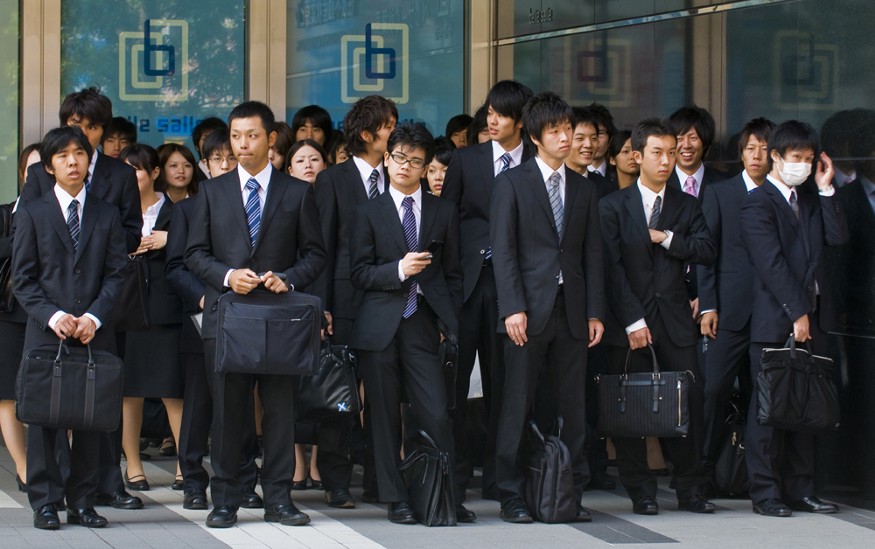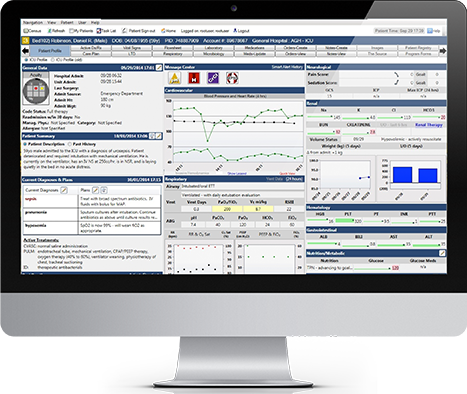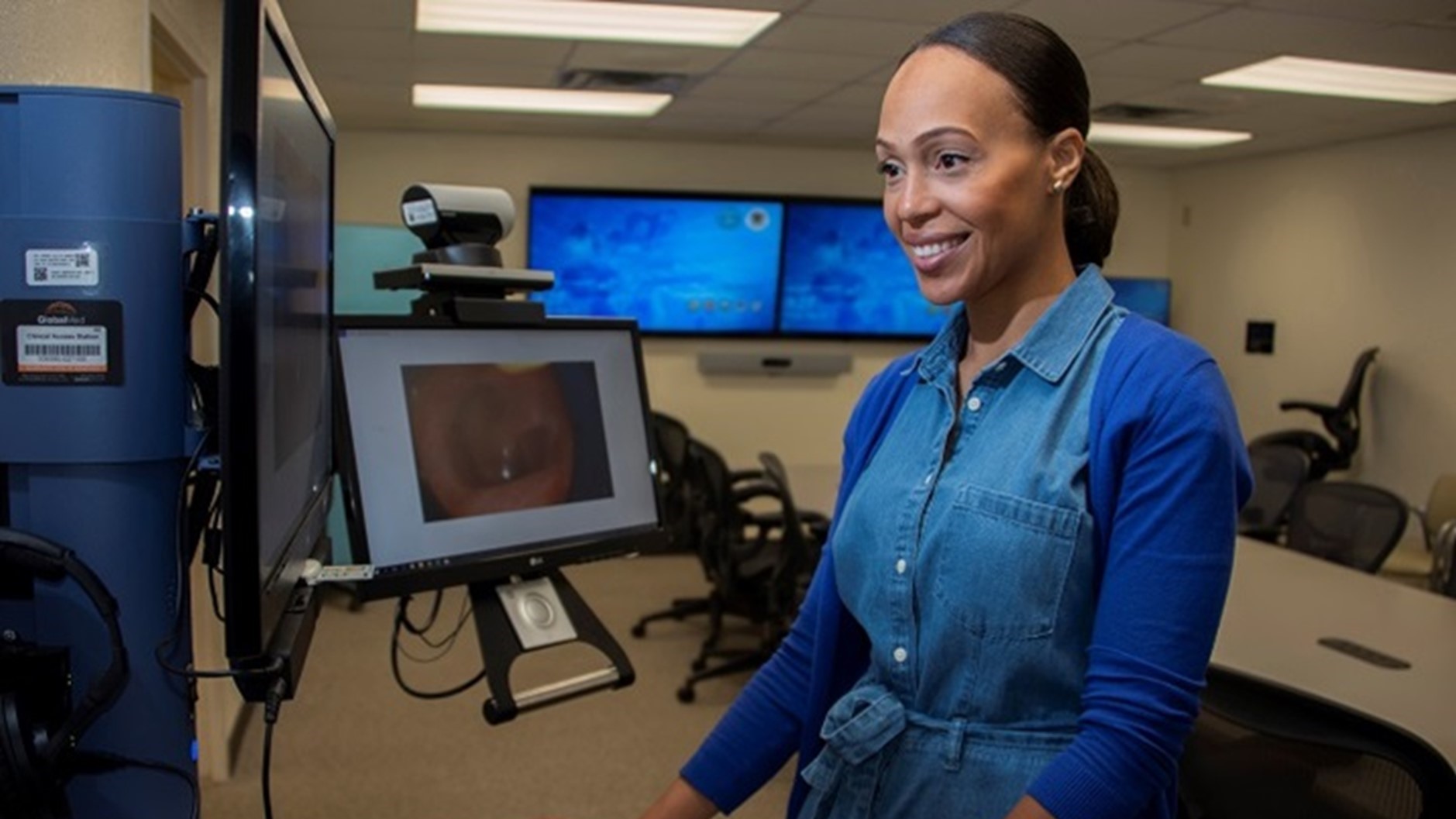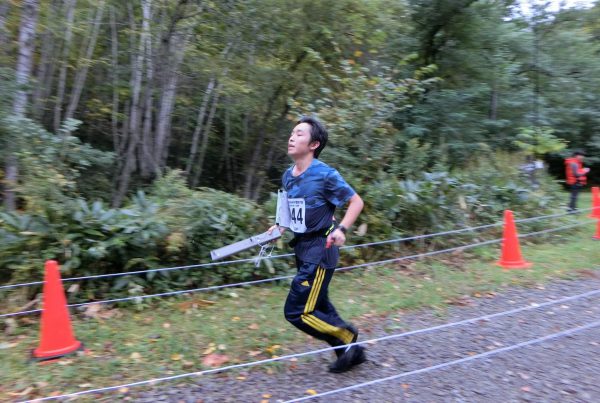New-age Virtual Nursing will Support Work Efficiency During a Period of Labor Shortage
Since 2011, Japan continues in its state of depopulation and ageing society as the world watches on. It has been estimated that by 2050, nearly 35% of the population will be aged 65 and over. Former Prime Minister Shinzo Abe acknowledged the declining birthrate as a “national crisis”. With these challenges in hand, Japanese organizations face a troubling reality that in 15 to 20 years’ time, there will be a significant drop in the availability and accessibility to young talent in the domestic workforce compared to now.
Now, the question is, how would Japanese companies offset the labor shortage while sustaining high production and retain its position in the global industry?
On 6th February 2021, Kurtz Law, a Ph.D candidate at the Bucharest University of Economic Studies and Managment Consultant for Operation Efficiency joined The Nagaoka Review team for a conversation regarding labor shortage, and how new-age virtual nursing will support work efficiency during a period of labor shortage.
How is the labor system changing in Japan?
As you might have heard in the past, lifelong employment used to be the unique attribute of the labor system in Japan. Fast forward years later, “job-for-life” is no longer guaranteed.
Putting things into perspective, a shrinking population may signal an easier opportunity for the younger generation to enter the workforce. However, for the companies themselves, it signals a need to evolve in its corporate values and traditional perceptions in the nurturing of its employees.
Japanese employees will begin seeing an increase in their own value as companies compete for the strongest talents, and their negotiating power will transform. Nonetheless, this evolution may be slow to take hold as many companies struggle to persist in their traditional, albeit outdated business model. The bureaucracy surrounding the change proposal and the mindset of “what has worked in the past will work in the future” might be the straw that breaks the camel’s back.

In Japan, new recruits are expected to dress accordingly. Image via Medium
What has been done over the past decade?
Over the last 5 years, the Japanese government has urged companies to reconsider the retirement age. In 2017 it was extended to 65, with a push to extend the retirement age to 70 in 2019. Many companies on the other hand, have been reluctant to do so.
Why are companies reluctant in increasing retirement age?
This is partly due to the traditional concept that as workers approach the age of 60, they become less productive, error rates increase, and health risks become more common. Indeed, medical studies seem to support this.
We can see that workers between the ages of 40 – 59 have an increased risk of occupational cardiovascular disease, and as responsibilities and workload increases the occurrence of mental health disease for this age range in Japan also increases.
Another aspect is related to the fear of older workers being physically injured while carrying out standard processes, either due to physical degradation or mind-wandering. This could potentially lead to a public outcry if it results in permanent injury, disability, or death. Who would be responsible when this occurs? Would it be the government who urged companies to extend the retirement age, or would it be the companies for agreeing to this action?
Let us talk about available solutions, what options are available to mitigate the situation?
This is an important question! What we know is that there are emerging technologies that can help to offset health risks while augmenting human capabilities.
The Japanese government has introduced the concept of Society 5.0, where technologies support humans in all aspects of life. Now, virtual nursing is become more commonly accepted as it has the potential to decrease medical cost and reduce time loss. Rather than having to send workers to hospitals for health checks, new digital technologies allow onsite monitoring and diagnosis. Prescriptions can be sent via mail or picked up by 3rd parties.
The general perception of nursing is that of a person monitoring the patient’s condition by the bedside and assisting doctors in healthcare and treatment. But today’s telehealth and cutting-edge sensors are changing the world as we know it.
What is happening in the telehealth space?
A great example is an American company, Banner Health. They have been developing a virtual telehealth system describing a command center controlled by a critical care nurse with six split screens that are connected with patients’ monitors.

Image of Philips eCare Manager software. Image via Philips USA
Two computers are connected to the Philips eICU software eCareManager and at the same time to patients’ medical records. High-definition cameras enable a clear view of the patients’ environment, the patient themselves as well as equipment. The image quality is high enough to read the numbers on an IV bag.
Especially in these challenging times, the merits of digital healthcare are clear, as many countries such as the UK are in lockdown and self-isolation is recommended.
Would new technology affect job opportunities?
Good question. One of the commonly asked question is: Will Artificial Intelligence steal jobs?
The most commonly held view is that similar to the major adoption of the internet in the late 1990s and early 200s, some jobs will be made obsolete but new types of jobs will arise. Some workers in existing industries may be displaced, but through re-education and training, their talents may be used elsewhere. Countries with high surplus of labor have different priorities than Japan.
”More importantly than the question of AI taking jobs, the better question should be, “Will AI cover the labor shortage gap, and will the subsequent condition be better than before?”
For healthcare, the current answer seems promising.
What should be considered when designing new solutions?
Another common theme in an advancing technological society is the question around technical know-how and the re-education of workers to be able to sustain and improve technological environments. For example, the learning curve for nurses in this new virtual telehealth center is steep. Where traditional nursing requires healthcare knowledge and empathy, the need for a stronger technology awareness as well as data analytics become more important. Rather than interacting with patients face to face, most of their work will occur from behind the computer screen.
To summarize this, what do you think is essential to make this move to new solutions such as virtual telehealth a success?
Japanese companies need to have that willingness to change. An acceptance that the past will no longer be a template for the future, at least until the learning curve plateaus out. Companies will need to accept the possibility that elderly can still work and be productive while taking investment risk in acquiring new relatively untested technologies that augment human capability leading to increased productivity but reduced health risks.
When we consider the simple formula Profit = Sales – Cost, we often see that Japanese companies focus heavily on reducing cost in order to maximize profitability. The problem is that, investment-risk is the enemy of cost-efficiency but for some time, efficiency will have to take a back seat and a period of experimentation will ensue.
Main image via the Military Health System website
About Kurtz Law
Kurtz is a Management Consultant for Operation Efficiency at Japan Creative Enterprise. Hailing from the United Kingdom, Kurtz has lived in Japan for more than a decade and holds an MBA from Globis University, Japan. Life took on a big shift when he decided to move to Bucharest to pursue his Ph.D.
Kurtz is currently a Ph.D candidate at the Bucharest University of Economic Studies. He also frequently contributes to The Nagaoka Review.











